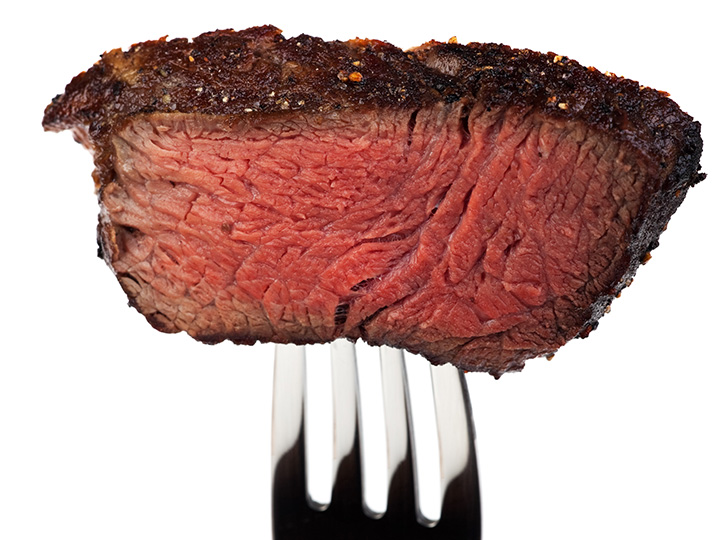Recommended Daily Protein Intake Amounts

When it comes to fitness and exercise, the mentality of "more is better" can be a common theme. The more weight someone can lift, the stronger they will be. The more someone runs, the more efficient their lungs and heart will be. This is especially prominent in regard to protein. Many people believe the more protein they eat the more muscle they will build. What many people fail to realize is that there are limits to the amount of protein the human body is able to utilize from their daily protein intake. There are two main factors that affect the rate of which protein is absorbed by the body.
Factors that affect daily protein intake
The first of these factors is an individual's activity level; the more active you are, the more protein your body will be able to absorb. The reasons for this are that when someone is more active, not only does their metabolism increase, but their need for protein to repair and rebuild cells also rises. If you are an individual who performs a variety of exercises and maintains a high intensity cardio regime, your body will be able to process much more protein.
The second factor that affects how much daily protein an individual can intake is their body weight. As body weight increases, the amount of protein one can effectively use increases.
The daily protein rule
The general protein rule that many people who are serious about building muscle follow is 1g of protein per pound of body weight per day. This is somewhat close to what the most active of individuals looking to build muscle should follow. The chart below illustrates the scale of protein to body weight:
| Table 1: Recommended Grams of Protein Per Day Based on Body Weight | ||||||
| Activity Level Grams Protein Per Pound of Body Weight |
Body Weight in Pounds | |||||
| 110lbs | 130lbs | 150lbs | 170lbs | 190lbs | 210lbs | |
| Sedentary Person 0.36 g/lb |
40 | 47 | 54 | 62 | 69 | 76 |
| Recreational Athlete 0.45 – 0.68 g/lb |
50-75 | 59-89 | 68-102 | 77-116 | 86-129 | 95-143 |
| Endurance/Aerobic Athlete 0.55 – 0.64 g/lb |
60-70 | 71-83 | 82-95 | 92-108 | 103-120 | 114-133 |
| Strength Athlete 0.73 – 0.82 g/lb |
80-90 | 94-106 | 109-122 | 123-139 | 138-155 | 152-171 |
| Active Person Restricting Calories 0.82 g/lb |
90 | 106 | 122 | 139 | 155 | 171 |
| Maximum Usable Amount 0.91 g/lb |
100 | 118 | 136 | 154 | 172 | 190 |
***Note: If you are very overweight and your excess weight is from excess body fat (not muscle), this table will overestimate your protein needs. The extra fat on your body does not require extra protein intake. To avoid overestimating your protein needs, use your desired, healthy weight instead of your actual weight. Source - University of California, Los Angeles: Protein (read full article)
Analysis
This table shows that the maximum usable amount of one's daily protein intake is indeed close to the 1g per pound of body weight rule for the most active of all individuals. The truth is, very few people fall into this category and it is more likely that those who consume mass quantities of protein (via protein shakes multiple times a day) are not reaping the full benefits they believe to be receiving.
For example, if an individual weighs 170lbs, and consumes a 60g protein shake before an exercise session, a 60g protein shake after an exercise session, coupled with another 100g of protein from meals throughout the day, that is a total of 220g of protein of which only a maximum of 154g will be used (due to body weight and activity level). This results in 66g of wasted protein that is flushed out via urine or excrement. The weight gained from this kind of daily protein intake is not from pure muscle but from the calories accompanying the meals in the forms of carbohydrates and fats. Determining the proper level of protein required each day to build muscle will not only save you money, but will also keep you healthier due to the negative effects of consuming too much protein.




